Introduction to the History of Waterway and River Travel
The glistening waters of America's rivers have constantly been present throughout history. Far more than simply geographical features, they have served as vital arteries, shaping the course of exploration, trade, and cultural exchange.
From the ingenious canoes of Native American tribes to the mighty steamboats of the 19th century, these waterways have woven themselves into the fabric of the American story.
Early Exploration and the Enduring Presence of Indigenous Travel:
Long before European explorers set foot on the continent, Native American tribes had mastered the art of navigating America's waterways.
Using their ingenuity and a deep understanding of their environment, they crafted canoes from birch bark or hollowed-out logs. While simple in design, these vessels allowed efficient travel on rivers, lakes, and coastal waters.
This enabled them to reach vital hunting and fishing grounds, establish trade routes with other tribes, and explore the vast landscapes of North America.
The Mississippi River and its sprawling network of tributaries held a particularly significant place in the lives of indigenous peoples.
The Mississippian civilization, flourishing between 800 and 1500 AD, utilized these waterways as a transportation network, connecting communities spread across a vast territory.
These riverine connections facilitated the exchange of goods, ideas, and cultural practices, fostering a sense of unity among the diverse groups that thrived along the Mississippi's banks.

European Arrival and the Transformation of Waterways:
The arrival of European explorers in the 15th and 16th centuries marked a new chapter in the history of American waterways. Pioneers like Jacques Cartier, who navigated the St.
Lawrence River in search of a Northwest Passage to Asia, and Hernando de Soto, who led a harrowing expedition down the Mississippi River, relied heavily on these waterways for exploration and survival.
These rivers provided critical routes for establishing settlements, transporting essential goods like furs and timber to Europe, and forging trade relationships with the indigenous populations they encountered.
The Eastern Seaboard rivers, such as the Hudson and the Delaware, became crucial lifelines for the early colonies.
These waterways offered relatively safe and efficient transportation, allowing settlers to navigate inland, establish trade routes with the interior, and connect with burgeoning port cities along the coast.
The bustling harbors of New York City and Philadelphia, strategically located at the mouths of these rivers, became vital centers of commerce, fueled in part by the goods transported along these critical waterways.
The Golden Age of River Commerce and the Rise of Steamboats:
The 18th and 19th centuries witnessed a golden age of river travel in the United States. The invention of the steamboat in the early 19th century revolutionized inland transportation.
These powerful vessels, capable of navigating against the current, transformed how goods and people moved across the vast American landscape.
The Mississippi River emerged as a significant trade artery, connecting the Midwest's agricultural heartland to the East Coast's growing industrial centers.
Steamboats carried a wealth of farm products – corn, wheat, cotton – downriver to bustling port cities like New Orleans, where they were shipped worldwide.
This surge in river commerce spurred the growth of cities along the Mississippi's banks. St. Louis, Memphis, and Cincinnati became thriving commercial hubs fueled by the constant flow of goods and people.
The iconic paddlewheel steamboats not only transported cargo but also carried passengers, forever altering how Americans traveled and experienced the vastness of their country.
Beyond the Mississippi, other rivers played crucial roles in shaping the nation's destiny. The Ohio River was a vital route for westward expansion, allowing settlers to navigate deeper into the continent and establish new communities.
The Missouri River, a tributary of the Mississippi, became a central artery for the Lewis and Clark Expedition, opening up vast swathes of the Louisiana Purchase for exploration and settlement.
The Columbia River, flowing through the Pacific Northwest, facilitated the fur trade and the establishment of trading posts, paving the way for later westward expansion.
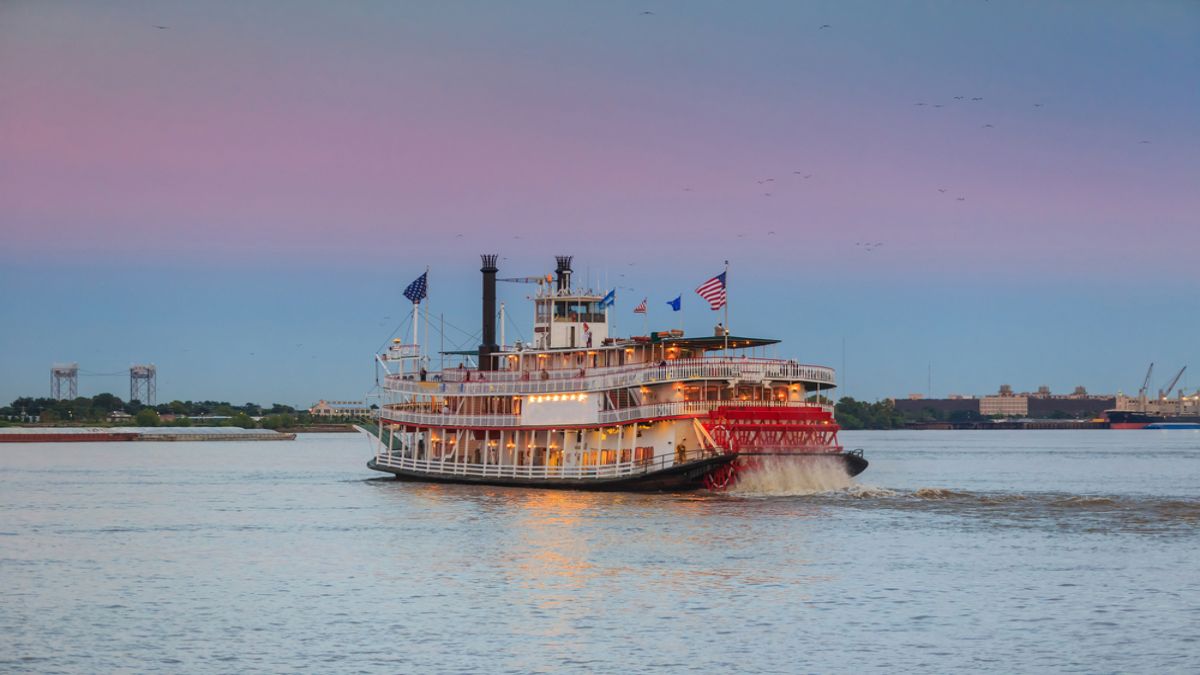
A Legacy of Leisure and Tourism: The Enduring Allure of America's Rivers
The rise of railroads and, later, automobiles gradually diminished the dominance of river travel for everyday transportation needs. However, America's rivers have remained intact. They continue to hold a significant place in tourism and leisure activities.
Modern river cruises offer a scenic and comfortable way to explore the rich history and diverse ecosystems that line these waterways.
Passengers can immerse themselves in the vibrant culture of cities like New Orleans or St. Louis, marvel at the architectural wonders lining the Mississippi River Delta, or witness the breathtaking natural beauty of the Grand Canyon carved by the Colorado River.
For those seeking a more adventurous experience, kayaking and canoeing offer a chance to connect with nature on a deeper level. Paddling down calmer stretches of rivers allows for a more intimate exploration of the surrounding environment.
Birdwatchers can delight in the diverse avian life that thrives along the riverbanks. At the same time, history buffs can uncover remnants of the past at historic sites like Civil War battlefields or abandoned trading posts.
Fishing enthusiasts can cast their lines in search of bass, catfish, or trout, a tradition that has endured for generations.
Beyond the Mighty Mississippi: Exploring a Diversity of Waterways:
While the Mississippi River undoubtedly holds a unique place in American history and travel, the United States boasts a wealth of other rivers offering their own distinct experiences. Here's a glimpse at a few:
The Colorado River: Carving its way through the arid landscapes of the American Southwest, the Colorado River is a testament to the power of nature.
A trip down this legendary river allows visitors to witness the majesty of the Grand Canyon, one of the Seven Natural Wonders of the World.
Rafting expeditions offer an exhilarating adventure through canyons and rapids, while gentler stretches are ideal for kayaking and exploring hidden coves.
The Columbia River: Flowing majestically through the Pacific Northwest, the Columbia River is known for its breathtaking natural beauty and abundant wildlife.
Cruises along this river offer stunning views of snow-capped mountains, cascading waterfalls, and lush forests.
Wildlife enthusiasts can watch for bald eagles, sea lions, and even migrating whales. The Columbia River Gorge, a dramatic canyon carved by the river, offers hiking, rock climbing, and windsurfing opportunities.
The Snake River: Snaking its way through Idaho, Wyoming, and Oregon, the Snake River is a haven for outdoor enthusiasts.
Whitewater rafting adventures on this river provide adrenaline-pumping thrills, while calmer sections are ideal for fly-fishing and spotting wild bighorn sheep.
Hells Canyon, the deepest canyon in North America, is more profound than the Grand Canyon and is accessible only by boat, offering a unique wilderness experience.
The Arkansas River: Flowing through the heart of America, the Arkansas River offers a variety of recreational activities.
Kayaking and canoeing provide a peaceful way to explore the river's diverse ecosystems, while larger sections are ideal for house boating vacations.
The Ozark Mountains, flanking the river in parts of Arkansas and Missouri, offer hiking, camping, and spelunking opportunities.
These are just a few examples of the many captivating rivers that beckon travelers within the United States. Each waterway boasts a unique history, culture, and natural wonders waiting to be discovered.
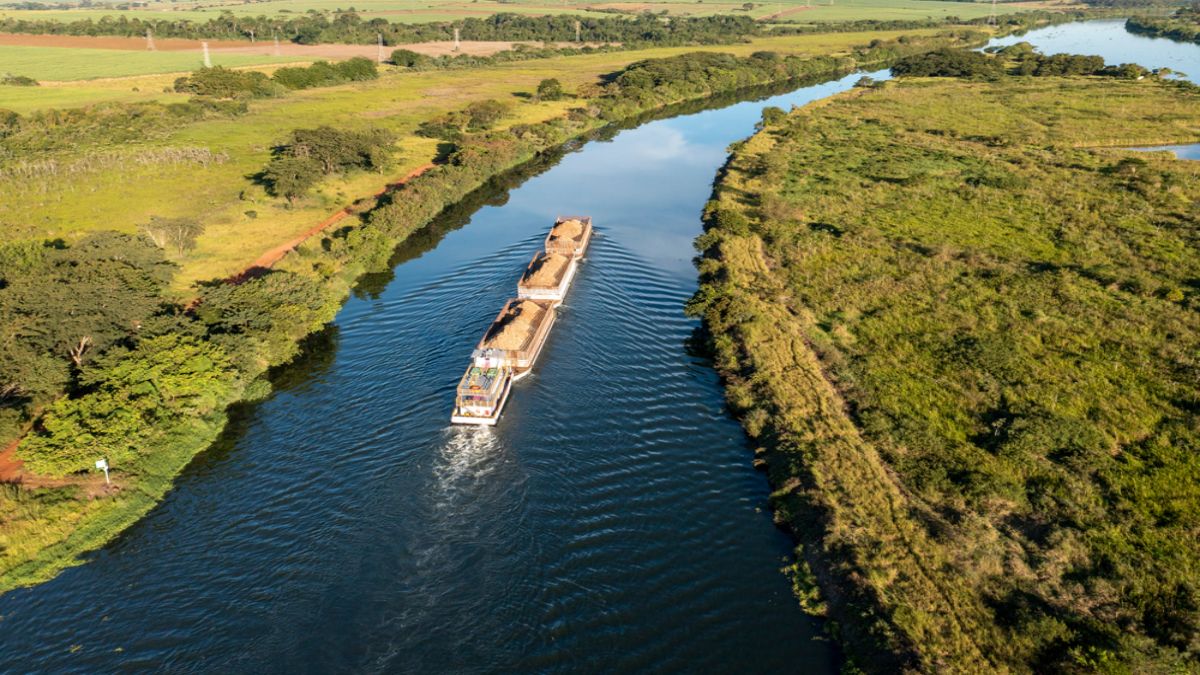
Planning Your River Adventure: A Few Pointers
With such a vast array of river travel options, planning your dream adventure can feel overwhelming. Here are a few pointers to get you started:
Decide on Your Travel Style: Do you crave a luxurious and relaxing cruise experience, or are you seeking a more adventurous kayaking or rafting expedition?
I want you to know that matching your travel style with the available options will ensure a memorable experience.
Consider the Season: Different rivers offer optimal travel experiences at different times of the year. For example, whitewater rafting on the Colorado River might be best in the spring when snowmelt creates higher water levels.
At the same time, a fall foliage cruise on the Mississippi River offers a breathtaking display of colors.
Research Your Options: Dive deeper into specific rivers that pique your interest.
Many cruise lines and travel companies provide detailed information about their itineraries, destinations, and amenities. Reviews from past travelers can also provide valuable insights.
Budget Considerations: River travel options range from budget-friendly camping trips to luxurious cruises. You can determine your spending limit and choose an experience that aligns with your financial constraints.
A Final Word: The Enduring Magic of America's Rivers
America's rivers are more than just bodies of water; they are living tapestries woven with history, culture, and natural beauty.
Whether you seek a relaxing cruise, an adrenaline-pumping adventure, or a chance to reconnect with nature, a river trip can offer a truly unique and unforgettable experience.
So, pack your bags, grab your paddles, book your cabin, and embark on a journey down one of America's majestic waterways.
OTHER NEWS
-
- Is Your Bike Talking Trash? Translate Bicycle Trouble with These Easy Fixes
- By Kamal Singh 17 May,2024

-
- Campfire Magic: Your Guide to a Perfect Outdoor Fire
- By Kamal Singh 08 May,2024

-
- Beyond the Tent: Secret Weapons for Epic Camping Trips
- By Kamal Singh 13 May,2024

-
- How to Arrange a River Cruise Trip for Yourself?
- By Kamal Singh 21 May,2024

-
- Massachusetts Travel Guide: Everything You Need to Know!
- By Nauman Rehmat 17 May,2024
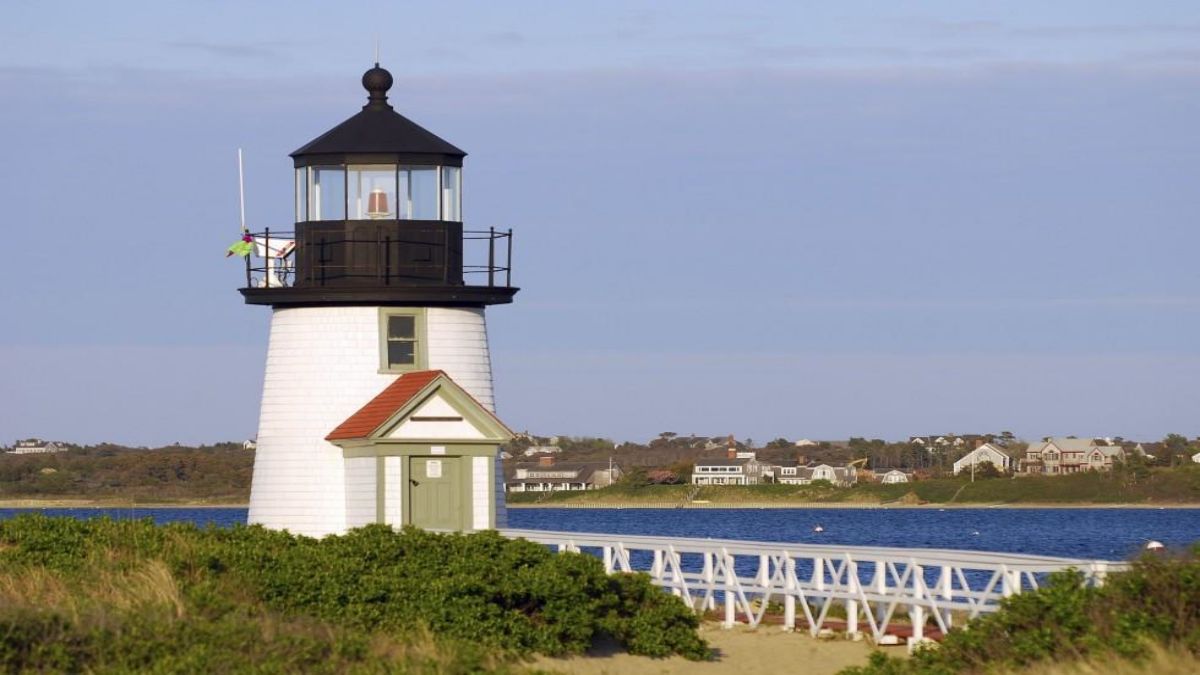
-
- RV Road Trips: Discovering the Beauty of America's Scenic Highways
- By Prodosh Kundu 30 May,2024
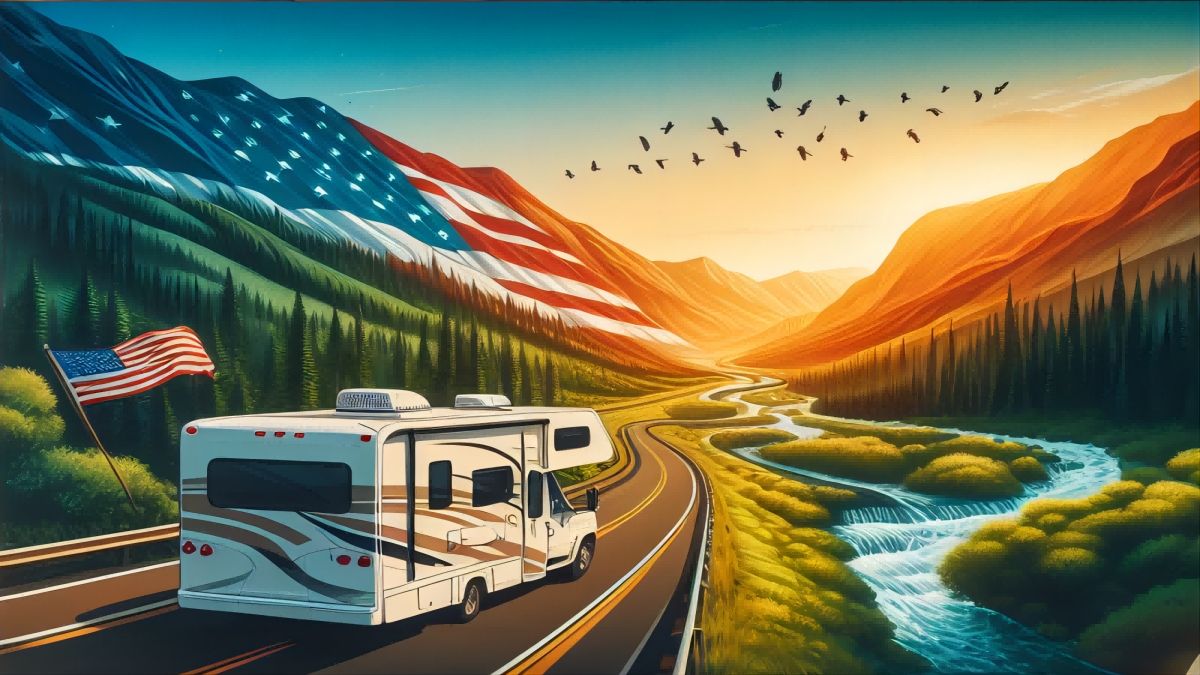
-
- Full Guide: How to Teach a Kid to Ride a Bike and Make Them a Cycling Champion!
- By Muhammad Abdullah 28 Apr,2024

-
- Gear Up and Go: Your Beginner's Guide to Finding the Perfect Bicycle
- By Kamal Singh 17 May,2024

-
- Wildlife Watching: Where to Find America's Most Iconic Animals
- By Prodosh Kundu 07 Jun,2024
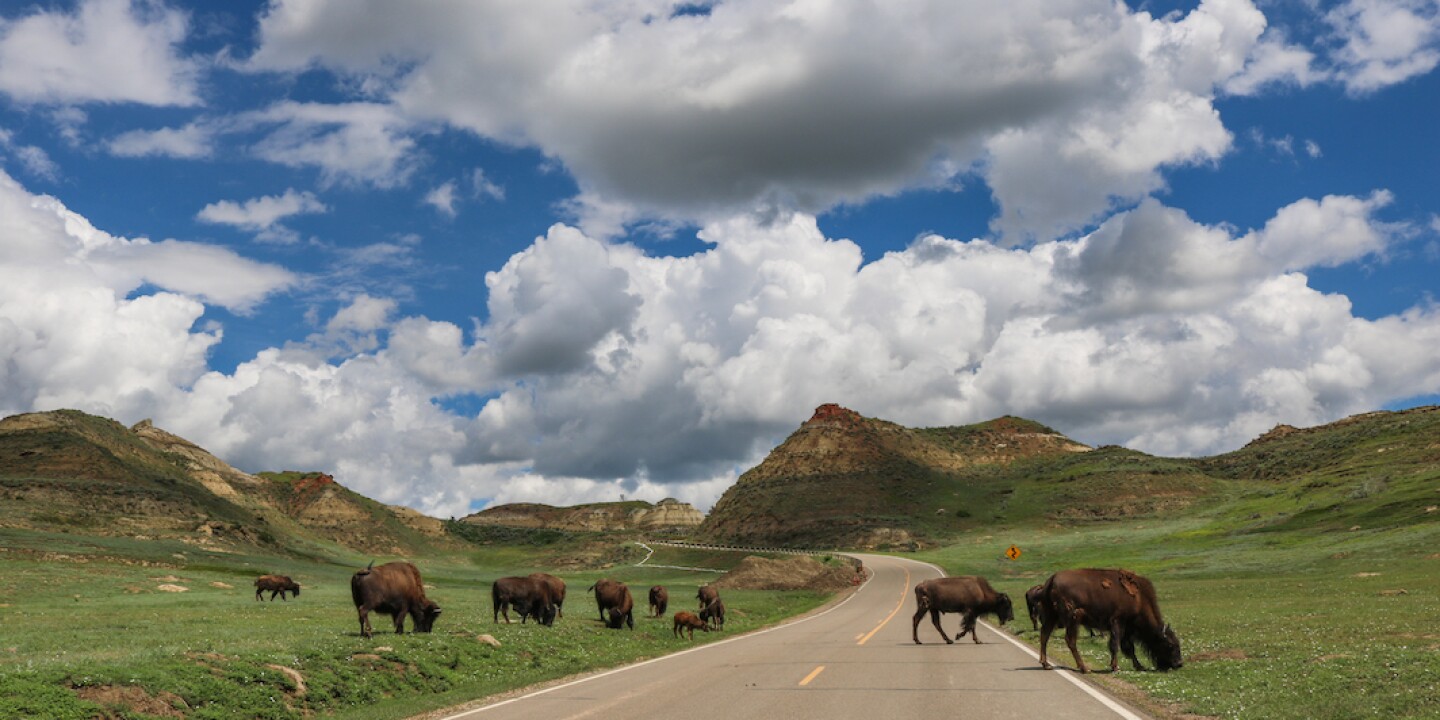
-
- Want to travel? Six tips to make you travel-ready for any season
- By Sharadha Narayanan 21 May,2024

-
- Essential Camp Kitchen Gear for Culinary Adventures
- By Kamal Singh 10 May,2024
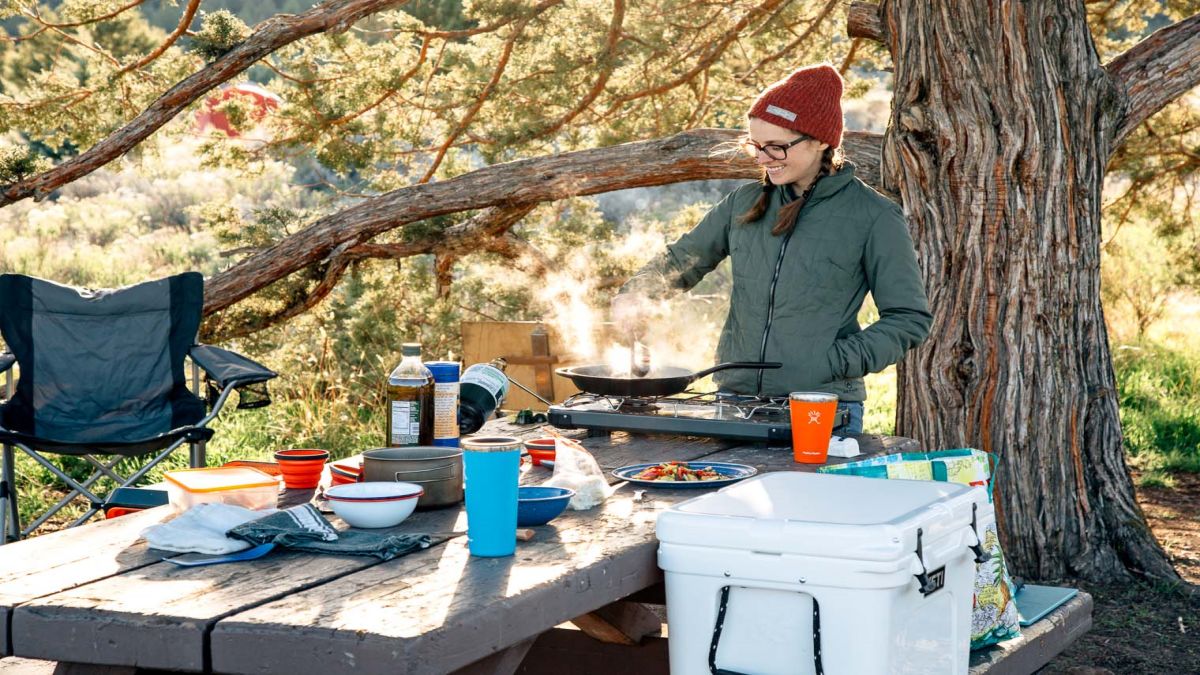
-
- Traveling Along American Riverbanks: A Trip Through the Okefenokee Swamp
- By Kamal Singh 21 May,2024

 1
1 1
1